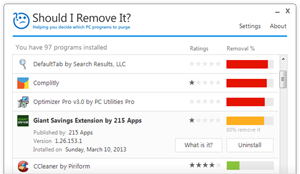Import table
kernel32.dll
lstrlenW, GetModuleFileNameW, InterlockedIncrement, LoadLibraryW, GetProcAddress, FreeLibrary, GetThreadLocale, GetVersionExW, GetPrivateProfileStringW, GetModuleHandleW, SetLastError, FindClose, FindNextFileW, GetFullPathNameW, FindFirstFileW, InterlockedDecrement, FlushFileBuffers, CloseHandle, CreateFileA, TerminateProcess, GetCurrentProcess, UnhandledExceptionFilter, SetUnhandledExceptionFilter, IsDebuggerPresent, GetCurrentThreadId, GetCommandLineA, HeapFree, GetVersionExA, HeapAlloc, GetProcessHeap, RaiseException, RtlUnwind, GetLastError, GetModuleHandleA, TlsGetValue, TlsAlloc, TlsSetValue, TlsFree, GetCPInfo, GetACP, GetOEMCP, IsValidCodePage, ExitProcess, Sleep, SetHandleCount, GetStdHandle, GetFileType, GetStartupInfoA, DeleteCriticalSection, GetModuleFileNameA, FreeEnvironmentStringsA, GetEnvironmentStrings, FreeEnvironmentStringsW, WideCharToMultiByte, GetEnvironmentStringsW, HeapDestroy, HeapCreate, VirtualFree, QueryPerformanceCounter, GetTickCount, GetCurrentProcessId, GetSystemTimeAsFileTime, LeaveCriticalSection, EnterCriticalSection, VirtualAlloc, HeapReAlloc, HeapSize, WriteFile, SetFilePointer, GetConsoleCP, GetConsoleMode, MultiByteToWideChar, LCMapStringA, LCMapStringW, GetStringTypeA, GetStringTypeW, GetLocaleInfoA, LoadLibraryA, InitializeCriticalSection, SetStdHandle, WriteConsoleA, GetConsoleOutputCP, WriteConsoleW
shlwapi.dll
PathRemoveFileSpecW, PathAppendW

